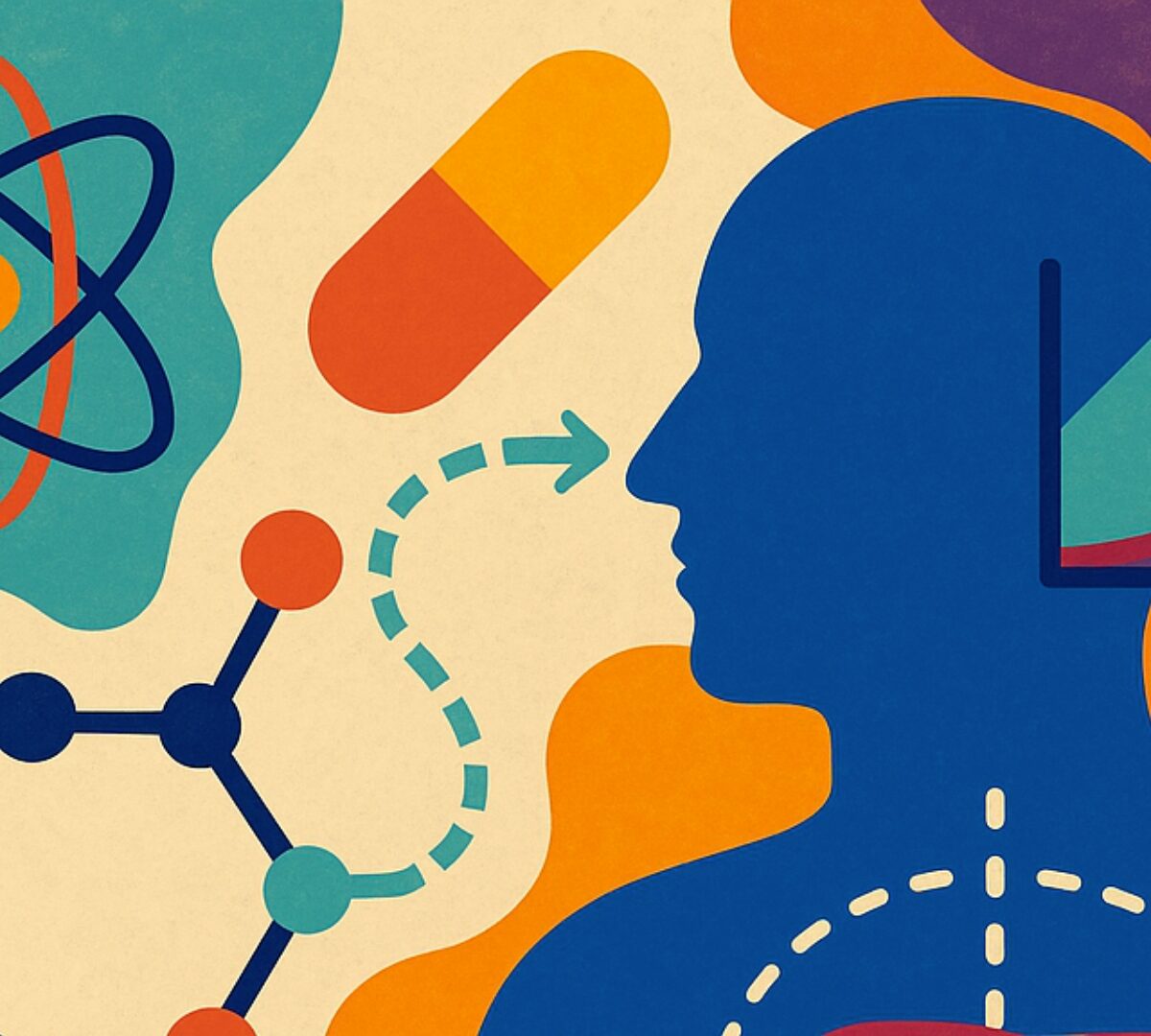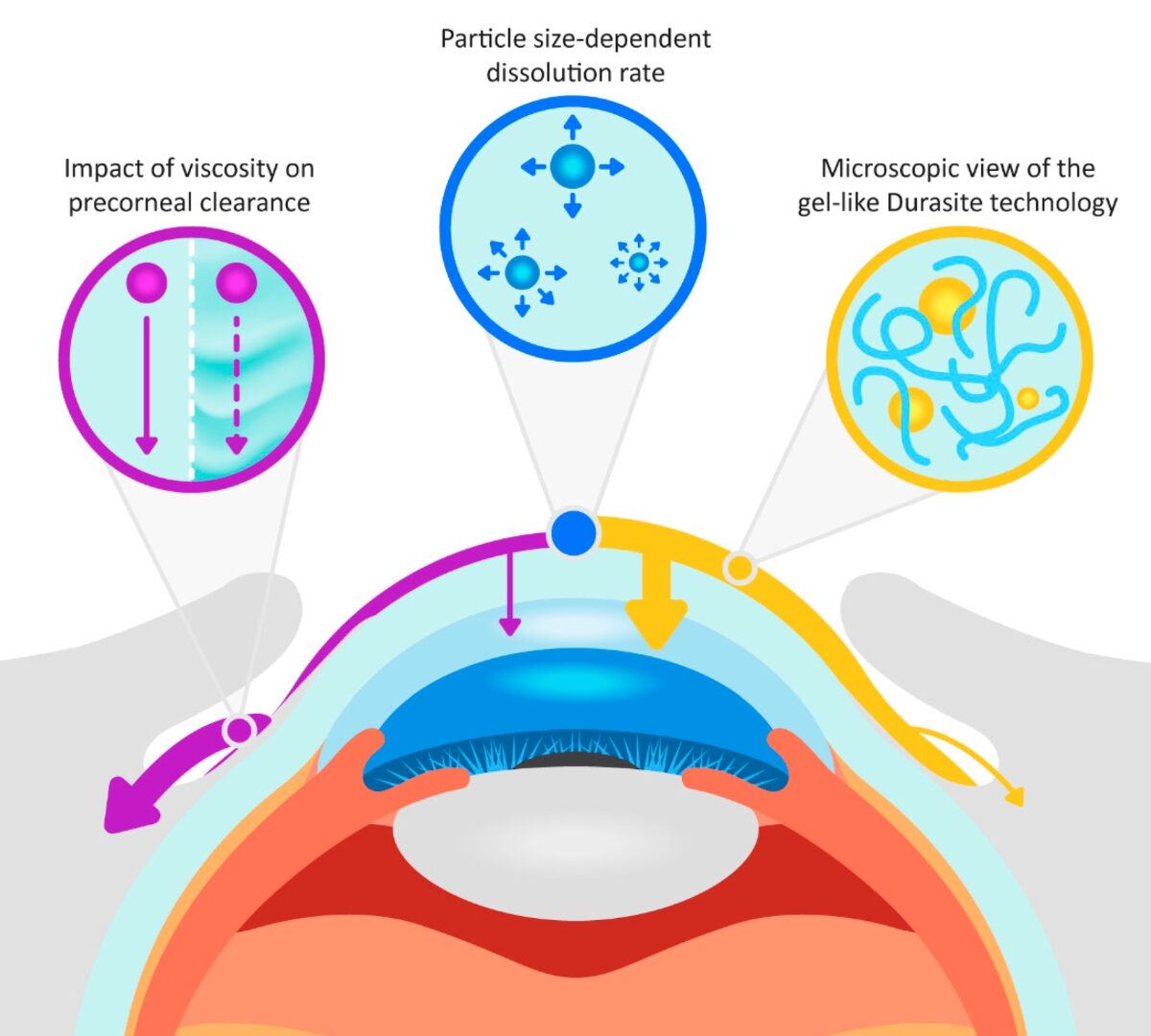RLS-1496 is a senolytic drug formulated as a cream for topical administration and currently in Phase 1 clinical trials for dermatological conditions. A 1% cream strength was determined to be a safe starting dose for first-in-human studies, based onnonclinical toxicology studies.

Integrating PBPK Modeling and Developability Assessment to Guide Early Phase Formulation Strategy
Physiologically based pharmacokinetic (PBPK) modeling is a core element of the early drug and formulation development workflow, enabling data-driven decisions that accelerate timelines and de-risk programs.

Derisking Formulation Strategies Using PBBM: Mechanistic Case Studies on Evaluating Food Effects and Guiding Dissolution Specifications
Understand how PBBM mechanistically integrates formulation dependent processes—such as dissolution, precipitation, gastrointestinal transit, and metabolism—to simulate oral drug absorption under varying prandial conditions.

GastroPlus® X.2: The Deep Dive Webinar Series – How New AI-Powered Tools Can Support Your PBPK Modeling
What if you could design a complex workflow, then set it into motion with a single click?

Use of PBBM-PBPK To Predict Mesalamine Delayed-Release Oral Drug Products Performance in Both Healthy and Disease Physiologies
Mesalamine (5-aminosalicylic acid (5-ASA)) is an anti-inflammatory drug indicated for the treatment of ulcerative colitis (UC) and Crohn’s disease (CD).

From In Vitro Dissolution Testing to In Vivo Clinical Pharmacokinetic Prediction Using PBPK Models for Oral Cavity Drug Products
This work develops a novel in vitro to in vivo extrapolation (IVIVE) method for the prediction of in vivo pharmacokinetic (PK) for oral cavity drug products (DP).

From Bench to Computational Modeling: Integrating Mitochondrial Stress Data from a Rat Hepatic Ischemia-Reperfusion Injury Model into a Preclinical and Human Quantitative Systems Toxicology Platform
Hepatic ischemia-reperfusion injury (IRI) contributes significantly to liver dysfunction post-surgery and transplantation

Enhancing Drug Formulation Development Through PBBM and GastroPlus®
As anyone who has worked in the pharmaceutical industry knows, there is a constant push to accelerate and optimize development processes.

GastroPlus® X.2: The Deep Dive Webinar Series – Introducing Orchestrator, Automation for Complex PBPK/PBBM Modeling in GPX.2
What if you could design a complex workflow, then set it into motion with a single click?

Exploring Artificial Intelligence’s Potential to Enhance Conventional Anticancer Drug Development
Cancer affects one in three to four people globally, with over 20 million new cases and 10 million deaths annually, projected to rise to 35 million cases by 2050. Developing effective cancer treatments is crucial, but the drug discovery process is a highly complex and expensive endeavor, with success rates sitting well below 10% for oncologic therapies

Get Under the Skin with GPX.2
If you’re working on the development of injectable therapies, then this webinar is for you

Introducing Orchestrator – Faster Workflows, Smarter Science
As scientists working in pre-clinical drug development, we are constantly balancing the need for rigorous, mechanistic modeling with the realities of fast-moving project timelines.
![Whole-Body Disposition and Metabolism of [14C]-2,4,4′-Trichlorobiphenyl (PCB28) Following Lung Administration in Rats](https://www.simulations-plus.com/wp-content/themes/simulations-plus/library/dist/img/default_square-large.jpg)
Whole-Body Disposition and Metabolism of [14C]-2,4,4′-Trichlorobiphenyl (PCB28) Following Lung Administration in Rats
Toxicities of lower-chlorinated biphenyls (LC-PCBs) have drawn increasing attention due to growing evidence of their presence in school indoor air, with 2,4,4′-trichlorobiphenyl (PCB28) being a prevalent congener.

QSAR-based Physiologically Based Pharmacokinetic (PBPK) Modeling for 34 Fentanyl Analogs: Model Validation, Human Pharmacokinetic Prediction and Abuse Risk Insights
Fentanyl analogs, as emerging new psychoactive substances (NPS), pose a global public health threat due to widespread abuse, high toxicity, and frequent overdose fatalities.

AI-Driven Knowledge Management in PBPK Modeling: Challenges & Opportunities
High-quality data is the foundation of every major AI advance

Advancing Kidney Safety: What’s New in RENAsym® 2A
Drug-induced kidney injury remains a significant concern in pharmaceutical development, with traditional methods often falling short in predicting renal toxicity across diverse compounds and patient populations.

DILIsym® 11 Product Brochure
Quantitative Systems Toxicology (QST) Software for Predicting and Explaining Drug-Induced Liver Injury (DILI)

The Impact of Simulation-Based Learning on Study Acceleration: Spoken from the Sponsor who Converted
Enhancing Training to be a personalized, representative and interactive strategic asset

Expanding ADMET Predictor®’s Chemical Space: Enhanced bRo5 and Chameleon Molecule Predictions for HTPK
ADMET Predictor has been enhanced to accurately predict properties of beyond Rule-of-Five (bRo5) molecules, including macrocycles and PROTACs.
